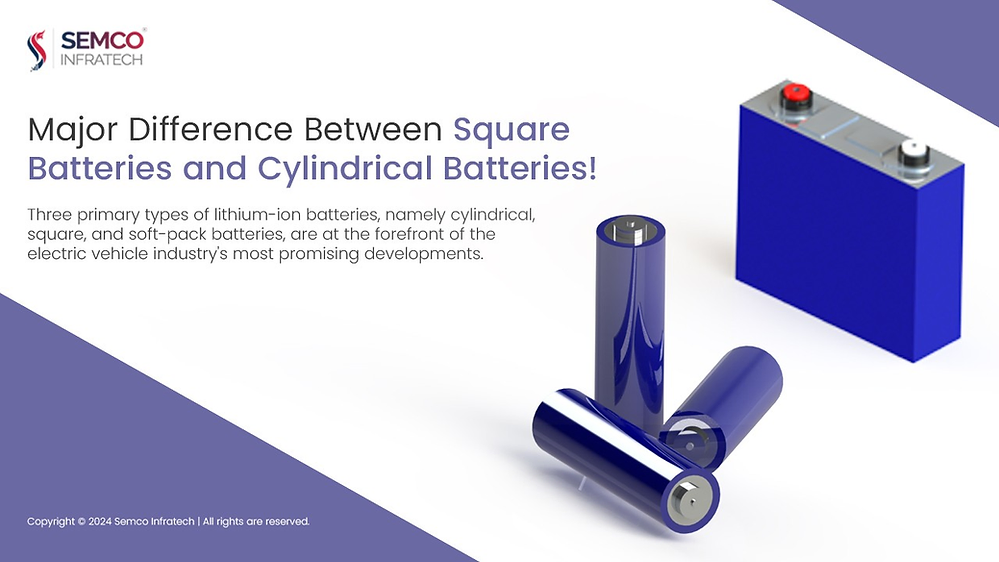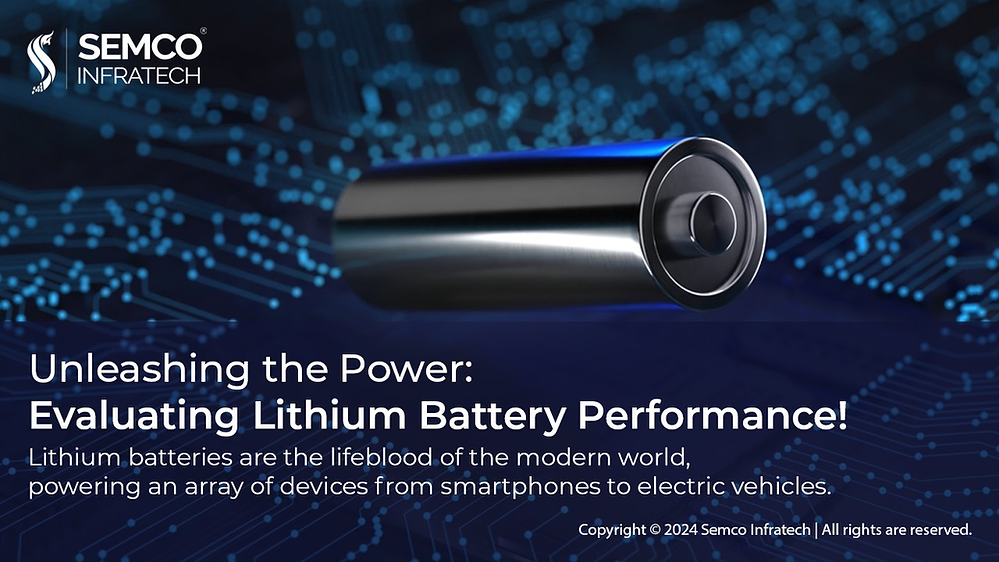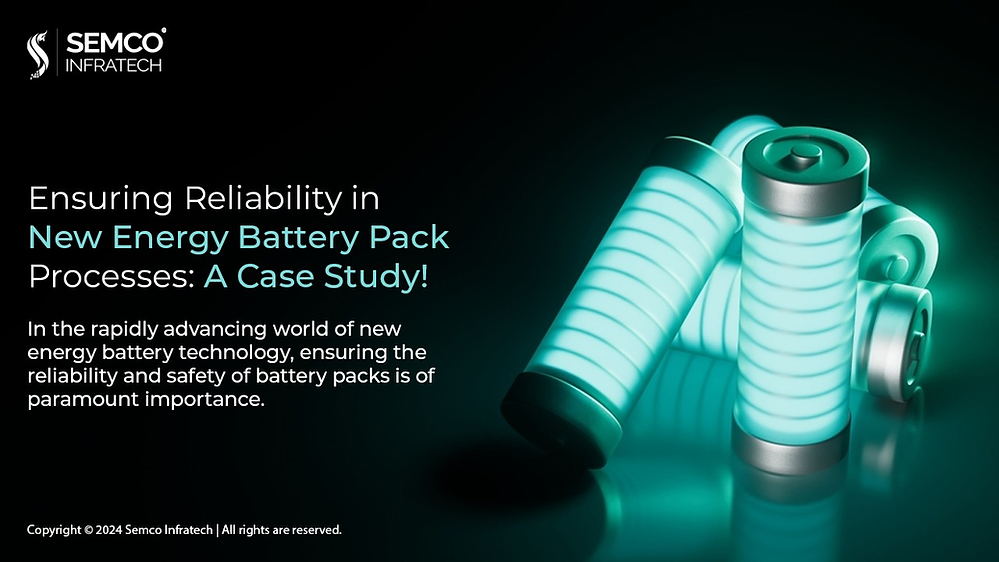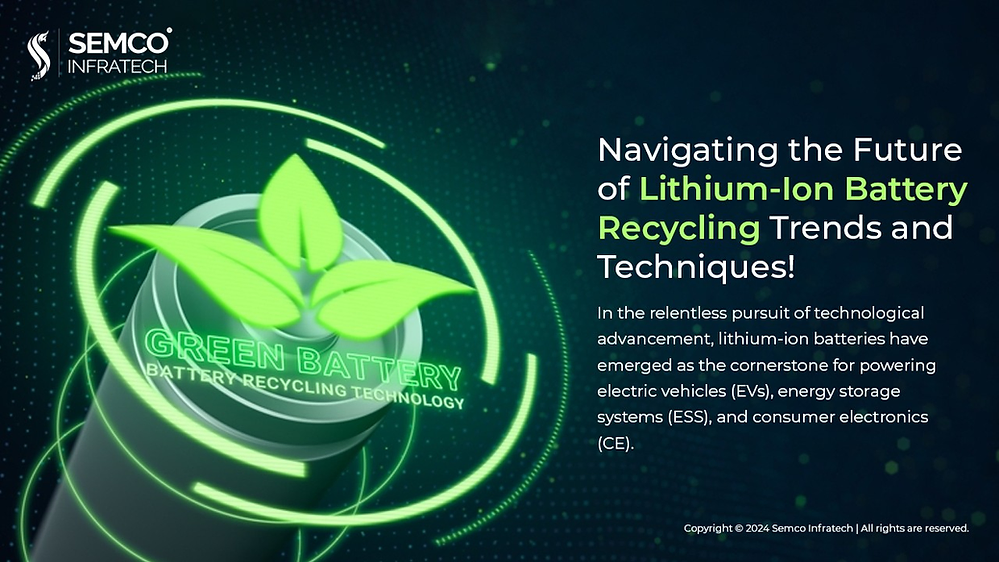Three primary types of lithium-ion batteries, namely cylindrical, square, and soft-pack batteries, are at the forefront of the electric vehicle industry’s most promising developments. While cylindrical batteries have dominated in recent years, there are indications that square batteries may soon take their place.
A square battery consists of chemical components enclosed in a rigid shell, and its rectangular shape allows for the efficient stacking of multiple units within the battery module. There are two types of square batteries: stacked and flat. Stacked square batteries can release more energy at once, providing superior performance for the same volume, while flat square batteries contain more energy and offer greater durability.
Square batteries are primarily utilized in energy storage systems and electric vehicles due to their larger size, making them unsuitable for smaller devices such as electric bicycles and mobile phones. As a result, they are better suited for energy-intensive applications.
Cylindrical batteries are enclosed in rigid cylindrical cans and are small, round, and stackable in devices of various sizes. Their shape prevents expansion, a phenomenon caused by the concentration of gas volume in the battery shell, which is undesirable.
Initially used in laptops with three to nine batteries, cylindrical batteries gained popularity when Tesla incorporated them into its first electric vehicles (Roadster and Model S), each containing 6,000 to 9,000 batteries.
These batteries are also utilized in electric bicycles, medical equipment, and satellites. Their shape is crucial for space exploration, as other cell forms would deform under atmospheric pressure. For instance, the latest rover sent to Mars operates with a cylindrical battery, and the E-Formula high-performance electric car uses the same battery as the rover in its battery.
Is Shape the Difference?
The differences between square and cylindrical cells extend beyond their shape. Other important distinctions include size, the number of electrical connections, and power output.
Size: Square batteries are significantly larger than cylindrical batteries, containing more energy. For instance, a single square battery can hold the same energy as 20 to 100 cylindrical batteries. The smaller size of cylindrical batteries makes them suitable for applications requiring less power, leading to a wider range of uses.
Connection: Due to their larger size, square batteries require fewer units to achieve the same energy output, resulting in fewer welded electrical connections. This minimizes the risk of manufacturing defects, a significant advantage of square batteries.
Energy: While cylindrical batteries may store less energy than square batteries, they have greater power output. This means that cylindrical batteries can release energy faster, making them ideal for high-performance applications. On the other hand, square batteries are optimal for maximizing energy efficiency.
High-performance battery applications such as E-Formula racing cars and Ingenuity helicopters on Mars require exceptional performance in extreme environments.

Why can square batteries be replaced?
The electric vehicle industry is evolving rapidly, and the dominance of square or cylindrical batteries remains uncertain. Currently, cylindrical batteries are more prevalent, but there are indications that square batteries will gain popularity.
Square batteries offer cost-saving opportunities by streamlining the manufacturing process. Their format allows for the production of larger batteries, reducing the number of electrical connections that require cleaning and welding.
Additionally, square batteries are an ideal form of lithium iron phosphate (LFP) chemistry, which utilizes a cheaper and more accessible material mixture. Unlike other chemicals, LFP batteries use resources found all over the earth and do not require rare and expensive materials like nickel and cobalt, which drive up the cost of other battery types.
There are strong indications of the emergence of LFP square cells. In Asia, electric vehicle manufacturers are already using LiFePO4 batteries, which are square LFP batteries. Tesla has also announced the use of Chinese-made square batteries in the standard range version of its cars.
However, LFP chemistry has significant drawbacks. It contains less energy than other chemicals currently used, making it unsuitable for high-performance vehicles such as Formula One electric vehicles. Additionally, the battery management system (BMS) faces challenges in predicting the battery’s charging level.
Square batteries in the energy storage system
When it comes to battery pack production demand, energy storage systems (ESS) are just as crucial as electric vehicles. ESS already utilizes square batteries and is likely to continue doing so. Square batteries offer a longer cycle life, lower risk, and reduced cost compared to cylindrical batteries.
Tesla’s 4680 cylindrical cell, with its desktop cell design, high energy density, and low manufacturing cost, is currently one of the most remarkable batteries. However, Tesla has recently started using them in some models.
While the 4680 cylindrical batteries have yet to be replaced by a square battery, Tesla’s next move will determine the future. Will they replace the 4680 nickel-cobalt-aluminum oxide (NCA) chemistry with LFP chemistry? If so, they will transition to square batteries. Considering the rise in global raw material costs, this is a strong possibility.
Conclusion
Despite their similar function, square and cylindrical batteries differ in key ways beyond shape. Cylindrical reign supreme, but square batteries offer cost advantages and excel with LFP chemistry, ideal for energy storage.
However, LFP limitations in high-performance applications keep the future open. Tesla’s square battery shift and potential LFP adoption could reshape the industry. As energy storage needs rise, choosing between square and cylindrical will significantly impact the battery landscape.





